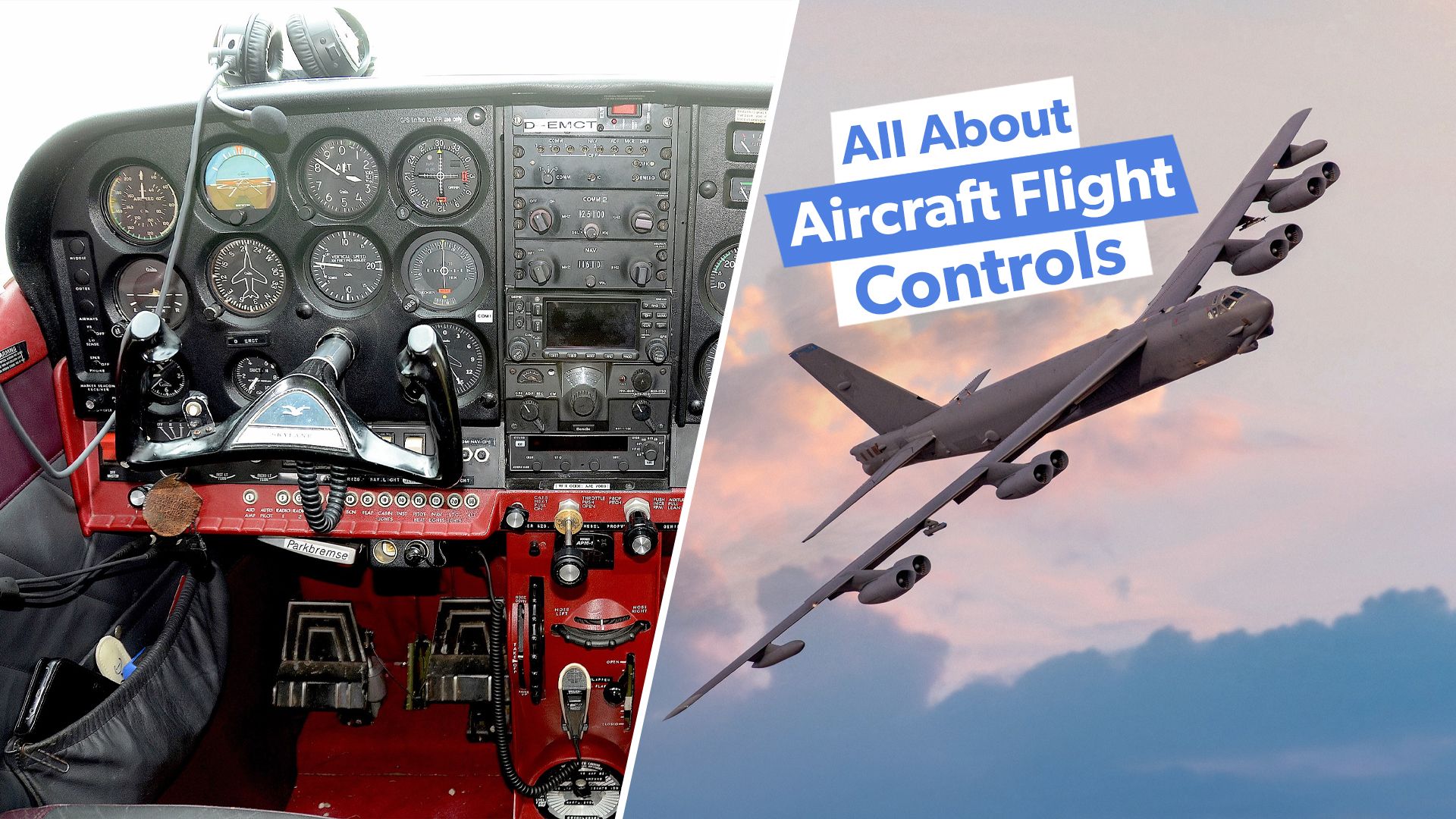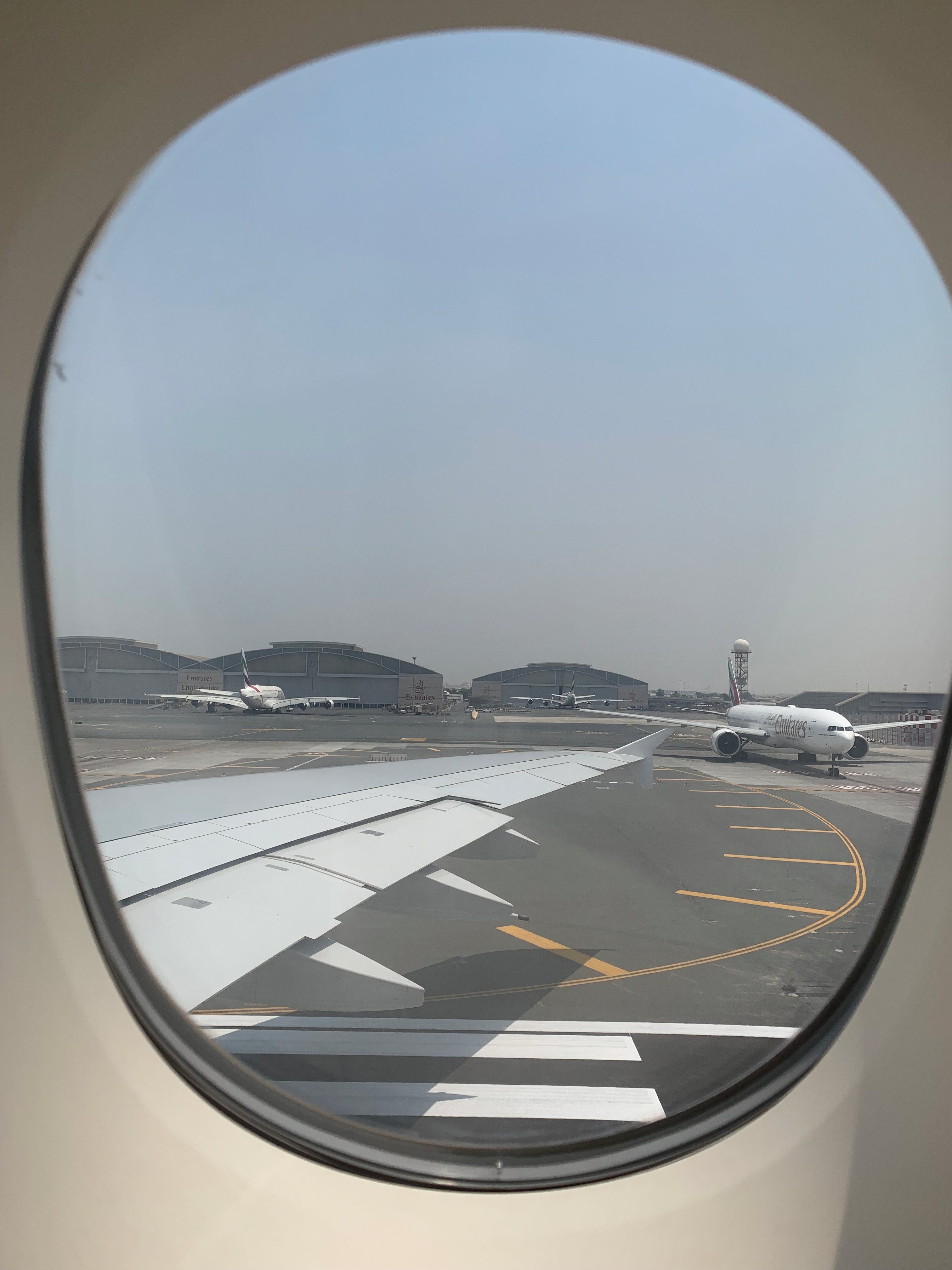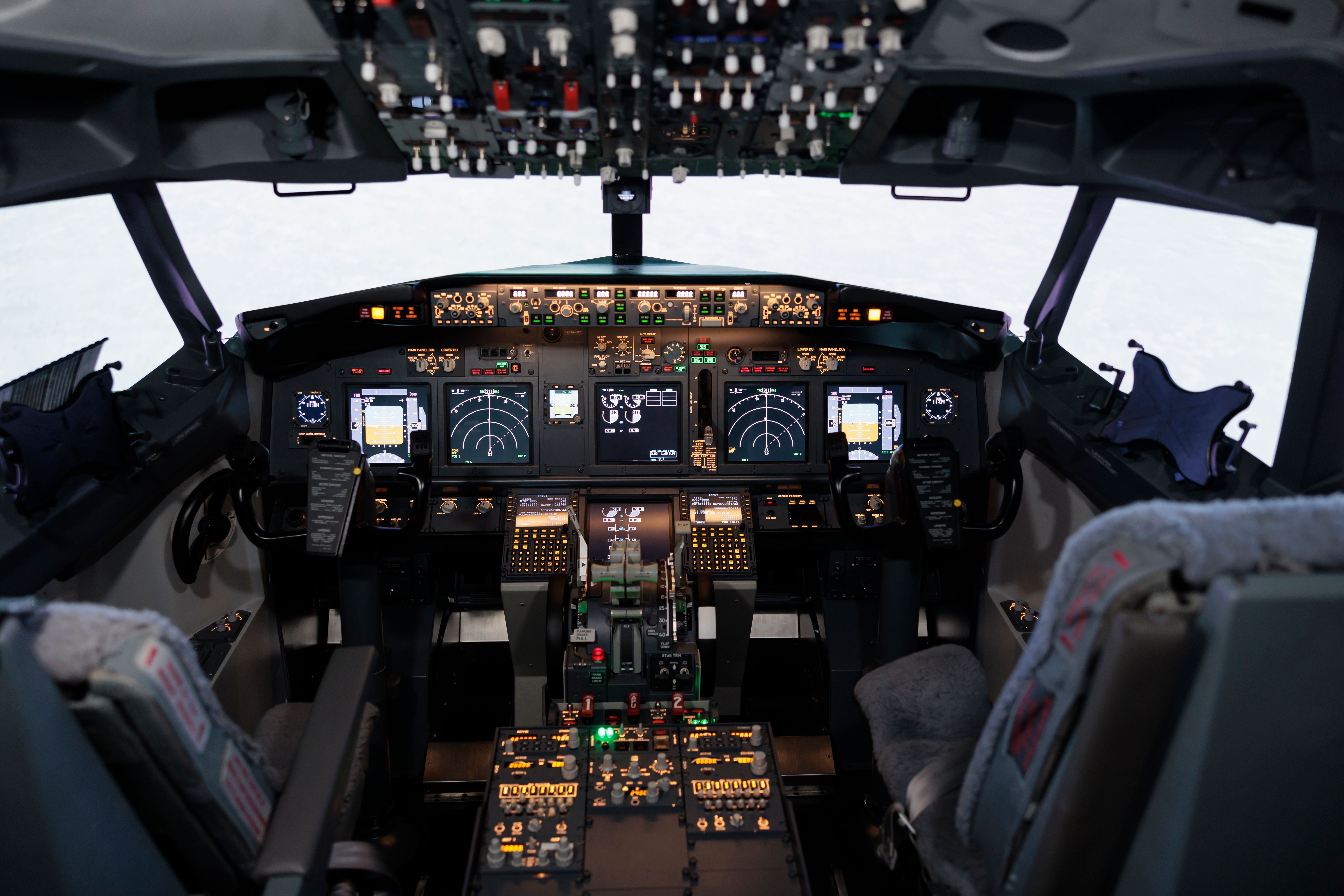Summary
- Primary flight controls manage the climb, descend, bank, and directional changes of the aircraft.
- Secondary surfaces do not control the aircraft directly but complement the primary controls.
- Modern aircraft have flight control surfaces operated by Fly-By-Wire system, allowing pilots to control aircraft with ease.
As you sit in your window seat and look out the window, have you ever wondered what the different parts of the wings do and why they sometimes lift, bend down, protrude, and retract at various phases of the flight?
What you see are the aircraft’s primary and secondary flight control surfaces in action, essentially following the pilots’ input to the control column in the cockpit. In modern jets, these huge flight control surfaces are operated by “Fly-By-Wire” technology, which allows pilots to control the aircraft easily without having to withstand the significant forces the control surfaces experience in flight.
Primary flight controls
Primary flight controls are essentially how the aircraft is controlled in terms of climb, descent, banking, and yawing/directional change.
|
Control Surface |
Motion Caused |
Location |
|---|---|---|
|
Aileron* |
Rolling (Left/Right) |
Wings |
|
Elevators |
Pitch (Up/Down) |
Horizontal Stabilizers |
|
Rudder |
Directional Movement / Yaw (Left/Right) |
Vertical Stabilizers |
*Some larger aircraft have inboard and outboard ailerons on both wings. Inboard ailerons are operated during high-speed cruising, while outboard ailerons are used during low-speed flying at lower altitudes.
As seen in the video, two of the three ailerons on the right wing lifted, resulting in the right-wing lowering and the aircraft banking to the right. Simultaneously, the ailerons on the left wing would have lowered, causing the left wing to lift, enabling the roll to the right. Additionally, ailerons are also used to make small changes to attitude or wind correction to maintain level flight.
Other primary controls, such as the rudder and elevators, are not visible to passengers or crew inside the airplane, but rest assured, they do play an integral role when it comes to flying the aircraft.
Rudders are located on the vertical stabilizer and help the pilots maintain directional control of the aircraft. This is mostly used during the take-off and landing phases when changes to aircraft attitude are more critical, for example, performing a cross-wind landing, wherein the aircraft has to maintain (an almost) wing-level attitude and thus use the rudder to ensure the aircraft is facing the right direction.
The elevators, located on the horizontal stabilizer, control the pitch of the aircraft, essentially allowing it to climb or descend.
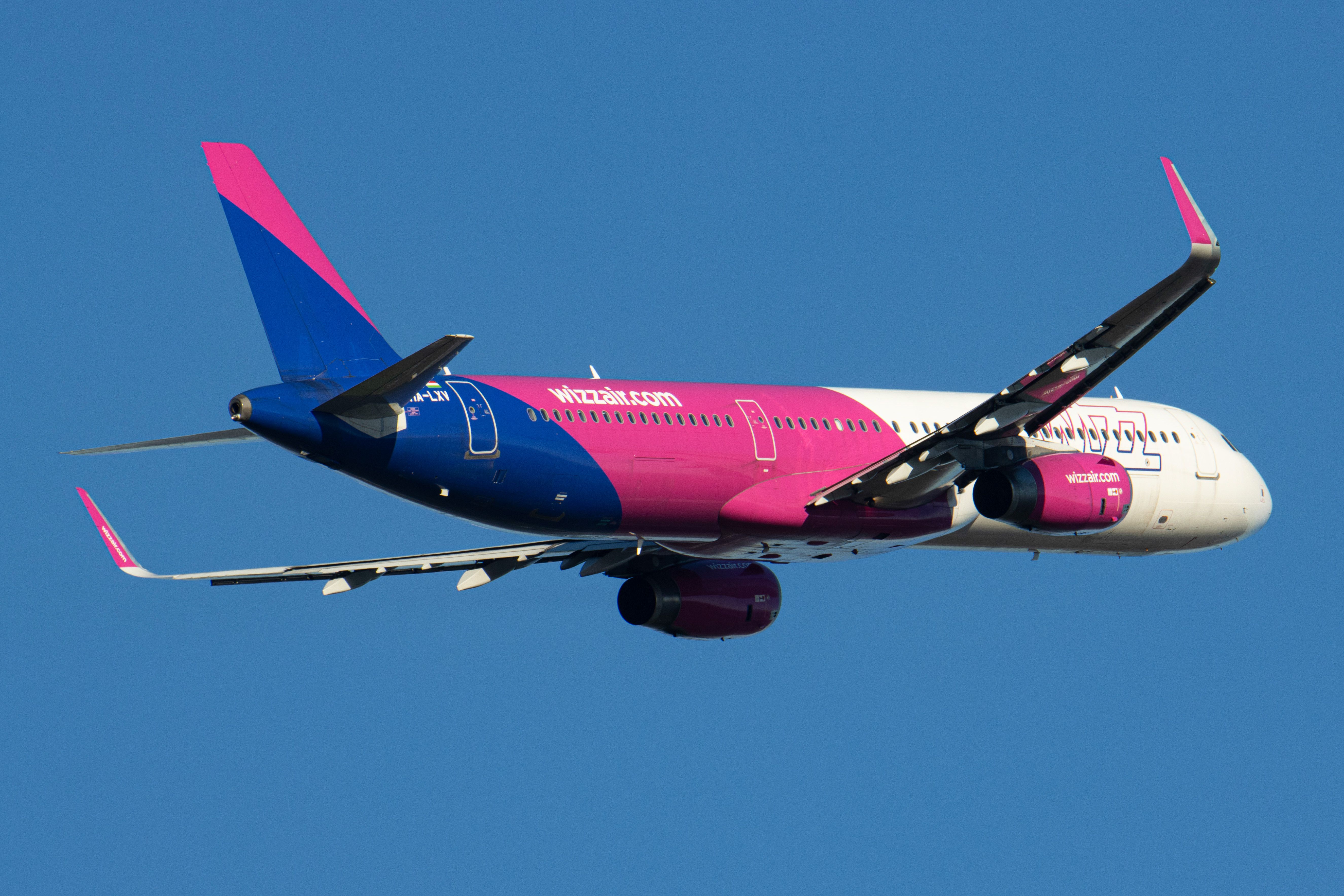
Detailed guide on flight controls
An Introduction To Flight Controls
The flight controls of an aircraft allow the pilot to control an aircraft in the air and at times on the ground.
Secondary flight controls
Unlike the primary flight control surfaces, the secondary flight control surfaces do not directly control the aircraft. However, they can be used in tandem with the primary flight controls and thus complement the operations of the primary flight control surfaces.
|
Secondary Surface |
Use |
|---|---|
|
Trim (Rudder/Elevator) |
Reduces backpressure on the control surface |
|
Slats and Flaps |
Enables take-off and landing at slower speeds |
|
Spoilers |
Breaking & Helps with rolling when used with Ailerons |
Pilots can use the trim system on the rudders/horizontal stabilizers and elevators of the aircraft, which would allow them to configure the aircraft to follow a certain flight profile, therefore reducing the backpressure felt on the aircraft surfaces and even making the flight more efficient during that particular phase.
Slats and Flaps, on the other hand, are known as the “Leading” and “Trailing” edges of the wing because that is where they are located.
When extended, the slats move forward and downward, increasing the surface area of the wing and enabling greater lift forces at lower speeds. As seen in the timelapse, they retract back into the wings once the initial take-off climb is over. Flaps are located at the trailing edge of the wings and, when extended, move backward and downwards, also increasing the surface area of the wing. The use of flaps, however, does increase the drag acting on the aircraft.
Photo: Abid Habib | Simple Flying
Finally, spoilers or air brakes, on their own, increase drag and slow down the aircraft upon landing or, when used in flight, reduce lift (thus also known as “lift dumpers”) and help with faster descent rates.
However, sometimes the spoilers are used alongside the ailerons, thus enabling the aircraft to bank better in flight. An aircraft wishing to bank right will have the ailerons on the right wing flip up, reducing lift and the spoilers (only on the right wing) also deploy slightly, thereby enabling the aircraft to roll better to the right.
Movement of flight controls
While the uses of various flight control surfaces have been briefly explained above, how are they moved? The control surfaces are essentially controlled by the pilots from the cockpit using either their sidestick (on
Airbus
aircraft) or control columns (on
![]() Boeing
Boeing
and
Embraer
jets).
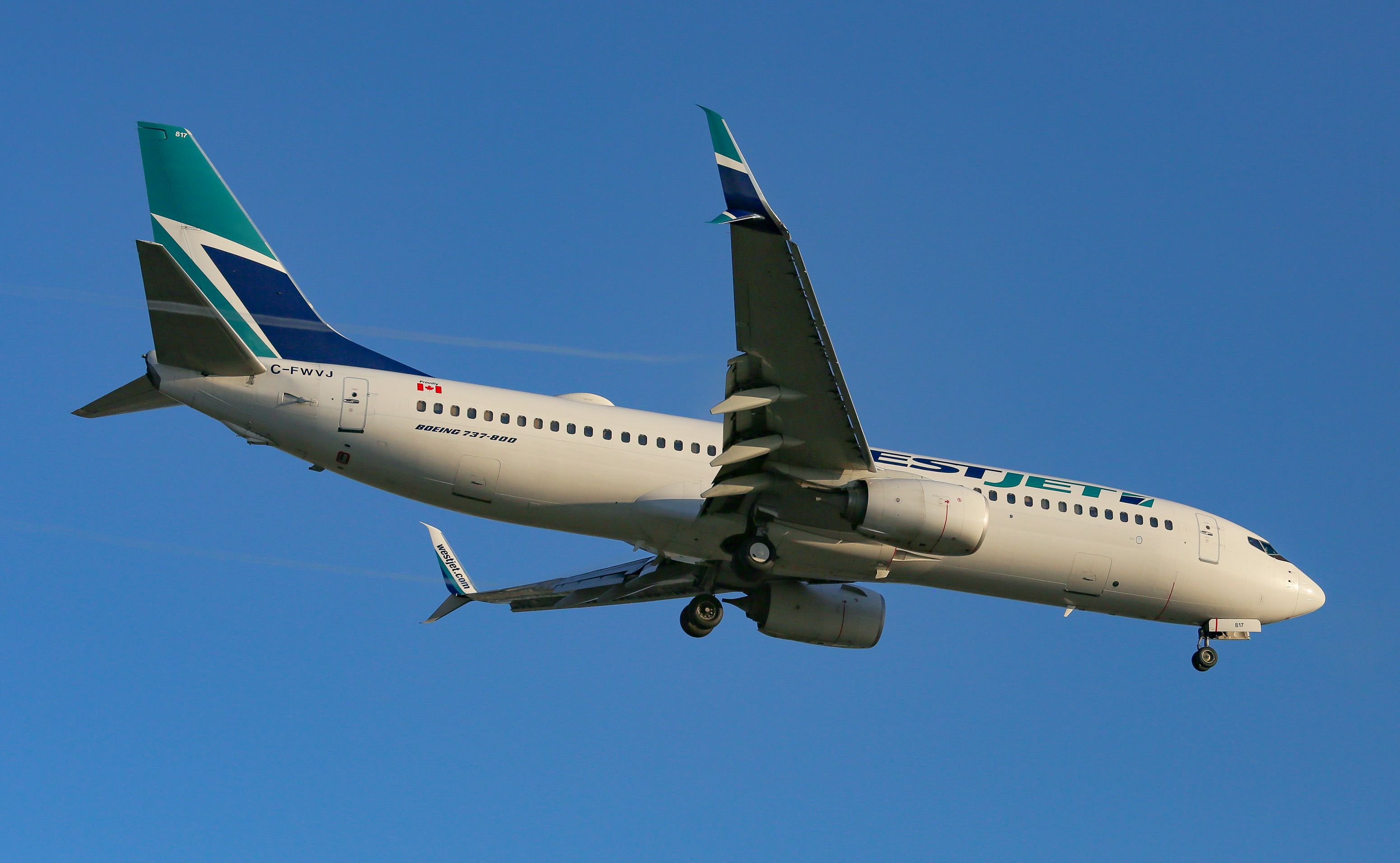
Detailed guide on operating flight controls
How Are Flight Controls Moved?
In this piece, we will focus on how the flight controls are moved, how the hinge moments can be reduced, and how trimming of flight controls works.
In most modern jets, the pilots’ input is electronically transferred to the hydraulic actuators close to the control surfaces, where the hydraulic systems move the surfaces as required, thus controlling the aircraft.
Photo: DC Studio | Shutterstock
While older jets relied heavily on mechanical linkages and hydraulics, modern jets utilize the Fly-By-Wire system, which is easier to use and lighter. Thus, it benefits pilots and aircraft during operations.
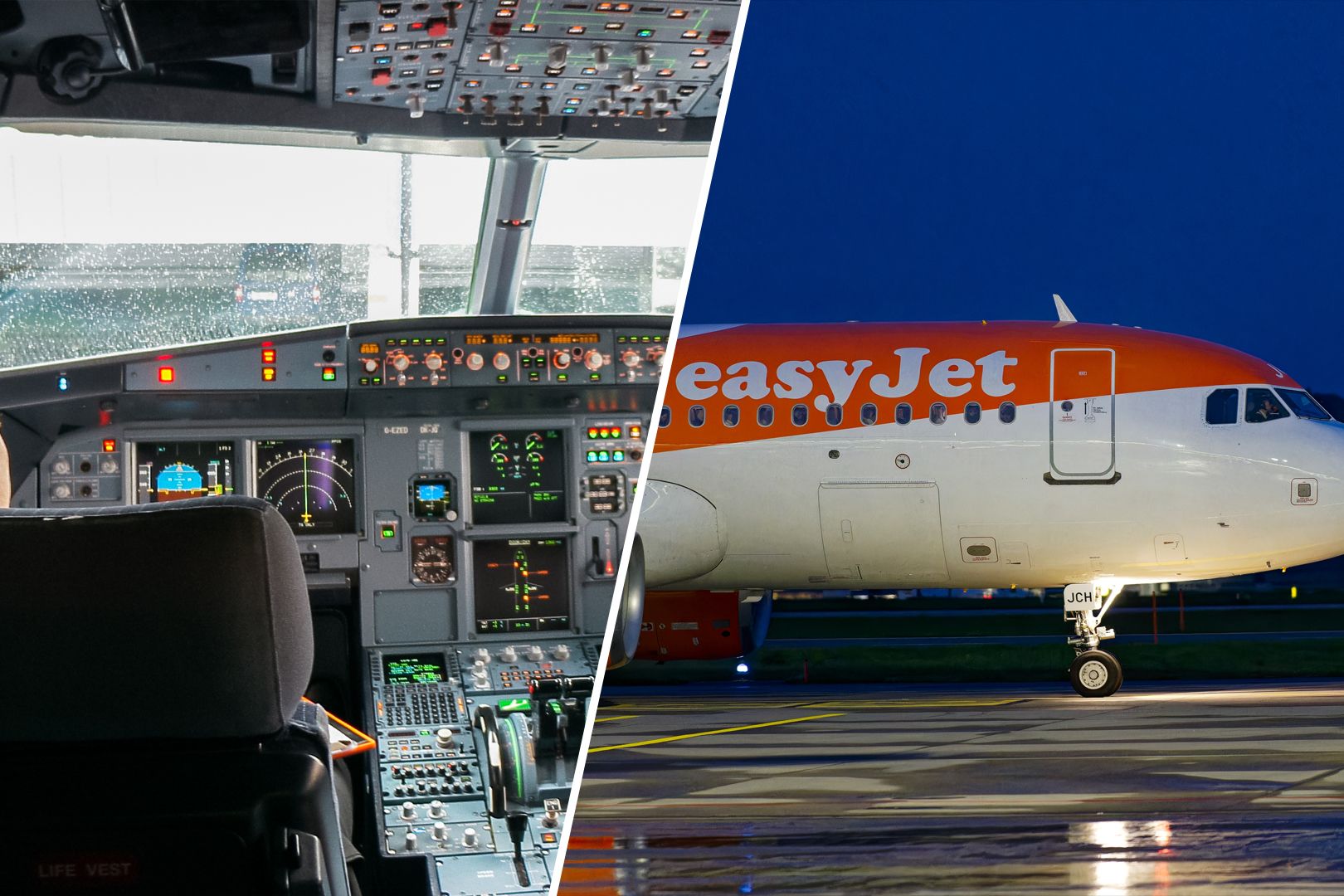
Detailed guide on how Fly By Wire technology works.
A Look At The Fly By Wire Control System
The fly-by-wire system has been a revolution in flight control systems design and is a feature found in many aircraft that are being designed today.

